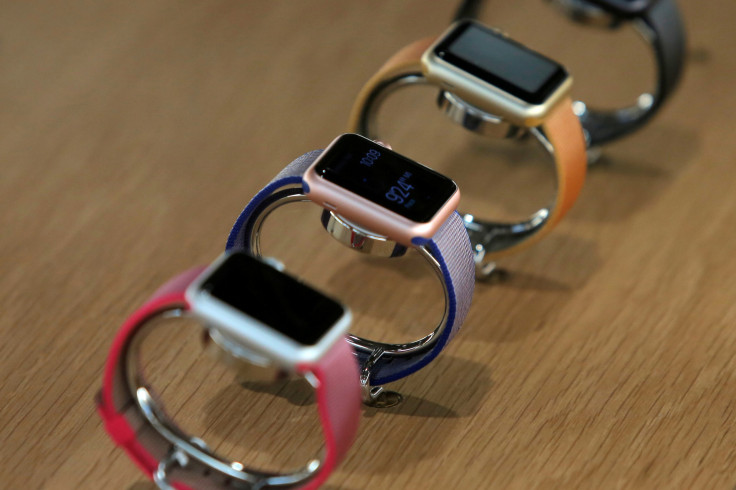Apple Watch dominates smartwatch market in Australia

Apple Watch is the leading wearable device in Australia as smartwatch sales continue to grow across the country following Aussies’ uptake on contactless payments and use of health and fitness apps.
According to the emerging technology analyst firm Telsyte, Apple Watch has 50 percent of the smartwatch market share while Samsung Gear and Fitbit Blaze follow.
Under the Telsyte Australian Smartphone & Wearable Devices Market Study 2016-2020, smartwatch sales grew by 89 percent in H1 2016 compared to H1 2015.
Telsyte Managing Director Foad Fadaghi said Australian’s focus on health and fitness and the public's uptake on contactless payments such as Apple Pay, Samsung Pay and Android Pay are driving the market growth.
“The killer apps for early adopters of smartwatches seem to be fitness apps and mobile payments,” Fadaghi said in an announcement.
#Smartwatch market gathering steam as Australians turn to #wearable gadgets amid flat #smartphone sales: https://t.co/40CPjD6xeU #Telsyte
— Telsyte (@Telsyte) September 5, 2016
Apple is expected to unveil Tuesday the new generation of Apple Watches alongside the new iPhone, Mac Book and other Apple devices. Apple’s new timepieces are expected to have improved geo-location capabilities and waterproofing features.
The rumoured “Apple Watch 2” will be equipped with global positioning system (GPS) radio and barometer, which will allow the device to track the users’ movements even without a nearby iPhone. (Read: ‘Apple Watch 2’ features include GPS, barometer)
Telsyte said the arrival of the second generation of Apple Watch will further stir market growth in 2.017 and 2018. Currently, at least 3.5 million Australians wear a smart wearable device. Given the market growth, Telsyte predicted that 37 percent of Australians will be wearing a smart wearable device, both bands and smartwatches, by 2020.
Meanwhile, smartphone sales in Australia were flat in the first half of 2016, with only 3.8 million units sold compared to the 3.7 million units sold in the same period in 2015.
Samsung remained the market leader in smartphones while Apple and Huawei followed.





















